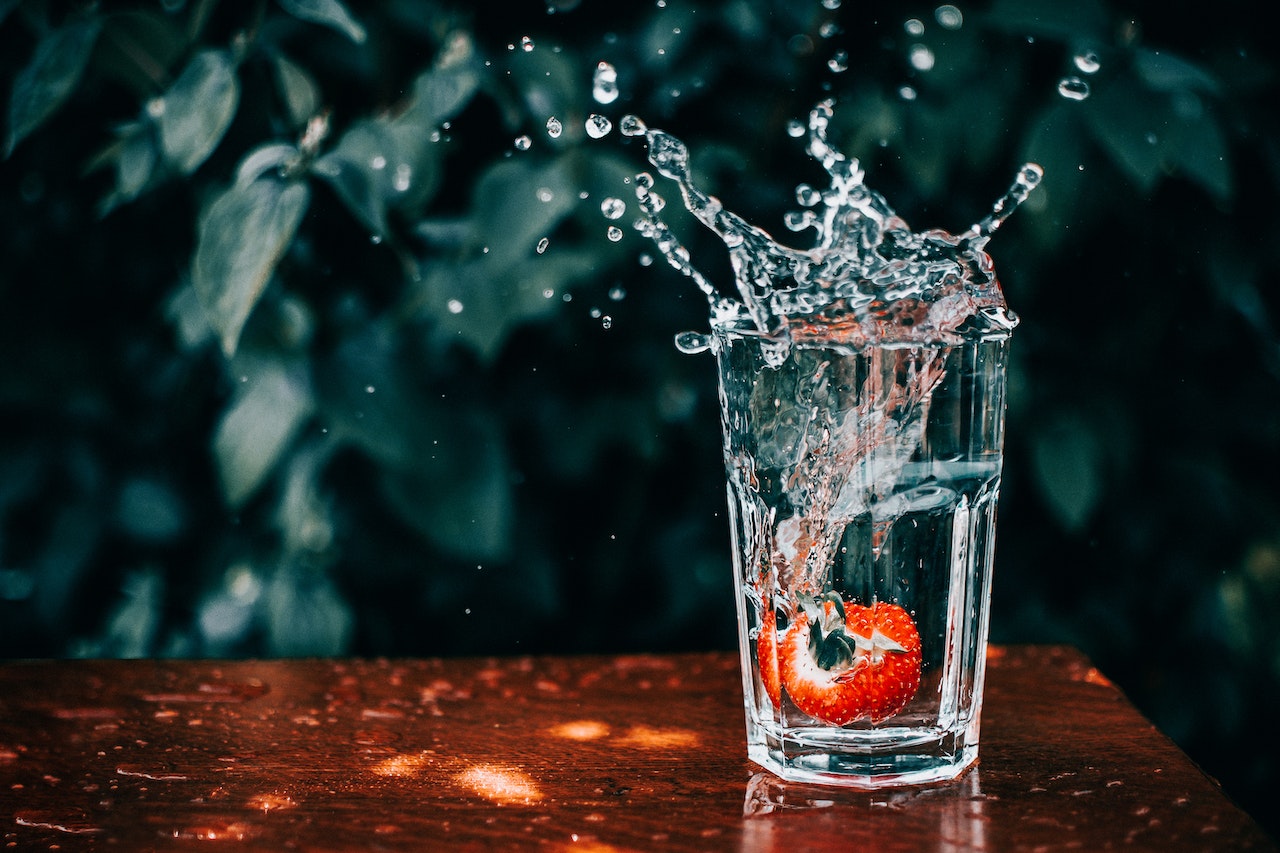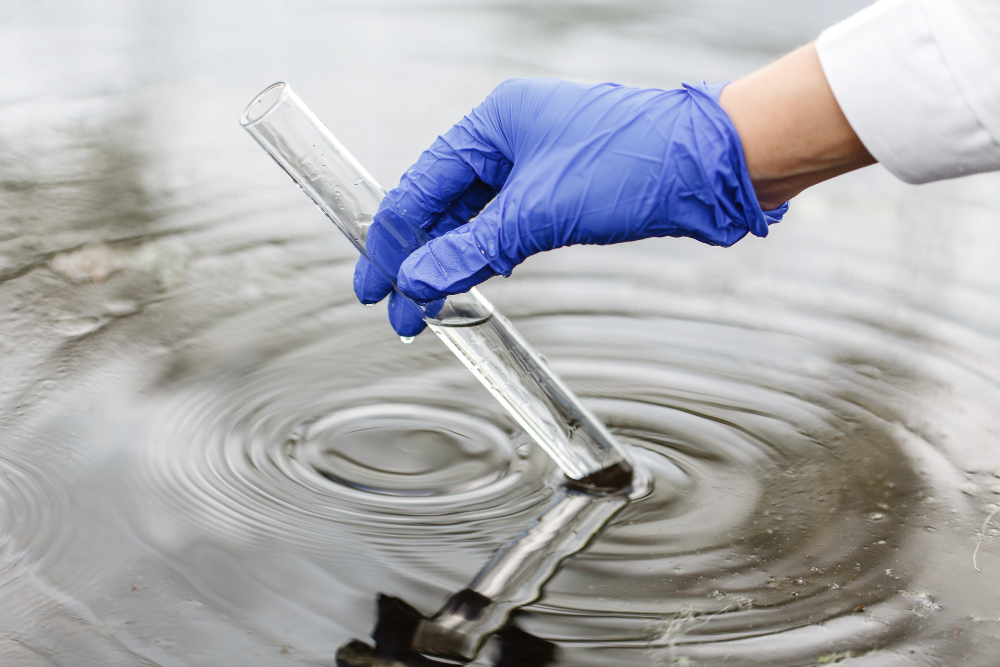Clean and safe drinking water is crucial for our health and well-being as water is an essential element for life. However, not all water sources are free from contaminants. Contaminants can be naturally occurring or introduced into water sources through human activities, posing risks to human health.
With the NFL Draft coming up, we will explore some of the top picks for common contaminants found in drinking water and their potential effects on human health.
Pick 1: Lead:
Lead is a toxic metal that can leach into drinking water from aging pipes, plumbing fixtures, and solders used in plumbing systems. Lead exposure can be particularly harmful to children and pregnant women, as it can affect brain development and cause nervous system damage.
Even low levels of lead in drinking water can have detrimental effects, including learning disabilities, behavior problems, and growth issues in children. The Environmental Protection Agency (EPA) has set a maximum allowable limit of 15 parts per billion (ppb) for lead in drinking water. EPA also recommends annual water testing to determine the level of lead in tap water.
Pick 2: Microbes:
Microbial contaminants, comprising a diverse array of bacteria, viruses, and protozoa, are present in untreated or inadequately treated drinking water, thereby posing substantial health risks. These microorganisms are recognized as causative agents of waterborne diseases, including diarrhea, cholera, dysentery, and hepatitis A. Vulnerable populations, such as infants, elderly individuals, and pregnant women, are particularly susceptible to the adverse effects of such waterborne diseases. UV water filtration is used to kill microbes.
Pick 3: Manganese:
Manganese is a naturally occurring mineral that is commonly found in rocks and soil. It can dissolve into water under certain conditions, leading to potential contamination of drinking water sources. High levels of manganese in drinking water can have detrimental effects on human health, particularly on the nervous system, cognitive function, and behavior. The Environmental Protection Agency (EPA) has established a maximum allowable limit of 50 parts per billion (ppb) for manganese in drinking water, based on scientific research and health risk assessments.
Pick 4: Mercury:
Mercury is a metallic element that can be emitted into the atmosphere from various sources such as power plants, factories, mines, and waste disposal sites. It can accumulate in fish and shellfish, which are consumed as food by humans. Mercury has been found to have detrimental effects on the nervous system, brain, kidneys, and liver when ingested. Infants and young children are particularly vulnerable to the adverse effects of mercury exposure, which can impede their developmental processes. The permissible limit for mercury in water is no more than 2 parts per billion (ppb), according to guidelines set by the EPA.
Pick 5: Arsenic:
Arsenic is a naturally occurring element found in rocks and soil that can also be introduced into the water through various human activities such as mining, agriculture, and waste disposal. Prolonged exposure to arsenic-contaminated water has been associated with a range of detrimental health effects, including dermatological lesions, skin cancer, bladder cancer, lung cancer, diabetes, and cardiovascular diseases. The EPA has established a maximum contaminant level of 10 parts per billion (ppb) for arsenic in drinking water to protect public health.
Pick 6:Chlorine:
Chlorine is a commonly employed chemical in water treatment that serves as an effective disinfectant to neutralize microorganisms and safeguard the potability of drinking water. However, the reaction of chlorine with other constituents in water can give rise to the formation of disinfection by-products (DBPs), such as trihalomethanes (THMs) and haloacetic acids (HAAs). These DBPs are known to have potential health implications and are the subject of ongoing scientific research and regulatory scrutiny in the field of drinking water quality.
Pick 7: Nitrates:
Nitrates are chemical compounds that commonly originate from fertilizers, sewage, and animal waste and can infiltrate groundwater, potentially contaminating drinking water sources, particularly in agricultural regions. Elevated concentrations of nitrates in drinking water have been associated with adverse health effects, particularly in vulnerable populations such as infants and pregnant women. Nitrates can disrupt the oxygen-carrying capacity of the blood, resulting in a condition known as methemoglobinemia or “blue baby syndrome.” The EPA has established a regulatory limit of 10 parts per million (ppm) for nitrates in drinking water to protect public health and ensure safe drinking water quality.
Pick 8: Pesticides:
Pesticides are chemical substances employed in agricultural practices to manage pests and have the potential to infiltrate drinking water sources via runoff or leaching. Prolonged exposure to pesticides through drinking water has been associated with detrimental health impacts, including neurological disorders, reproductive disorders, and carcinogenic effects. As part of regulatory measures, the EPA has established limits for several pesticides in drinking water, including atrazine, glyphosate, and dichloroethane, to safeguard public health and ensure the safety of drinking water supplies.
At CGC Water Treatment & Plumbing, we offer FREE water testing to determine the composition of your well water. We also have a variety of chemical-free water filtration systems available in St. John’s and other counties in Florida. Our team will assist you in exploring the different options and finding the right water filtration system for your needs.
Our innovative filtration systems are suitable for homeowners and businesses alike, providing excellent performance and user-friendly operation.
All our Kinetico products are designed with sustainability in mind, helping you reduce your carbon footprint and live a more eco-friendly lifestyle. Our team of experienced and certified technicians will gladly guide you through the installation process. Discover the Kinetico difference with our chemical-free water filtration systems in St. John’s today!
Go Jaguars!








